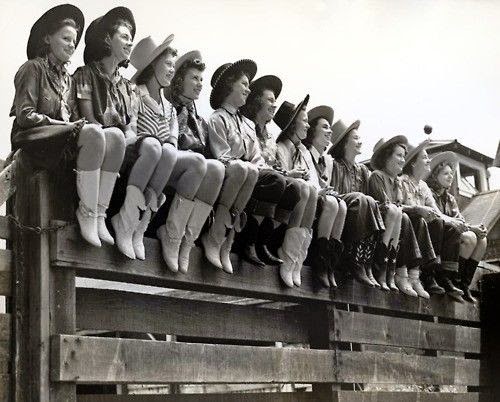
A private pilot who is willing to spend a couple thousand dollars can still find flying DC-3s on which to get a DC-3 type rating.
A train last stop full#
I suspect a DC-3 full of passengers simply cannot carry enough fuel to make a trip from New York to Los Angeles without stopping for fuel. I suspect a typical modern jet also can carry enough fuel to give it a much longer range than those older planes had. It's even possible to spend about $4 million to get a remanufactured DC-3 with turboprop engines, and apparently for certain kinds of cargo carrying, etc, that makes a lot of sense even today.) It's probably now faster to take a direct flight to a hub even if that hub is a little out of the way than it would be to make extra intermediate landings to get to a hub fewer miles away. So those extra stops would have a much bigger impact, percentagewise, on the time the trip takes than they used to. And the takeoff/landing process hasn't gotten any faster (if anything, it has probably gotten a lot slower, between airport congestion and the larger altitude changes now used). I think this was much less of a problem for unpressurized piston planes that were common before about WWII.Ī modern pressurized jet at cruise altitude and speed also probably goes 2-4 times faster than a DC-3. On a tran it is especially helpful in heavily served regions like the Northeast Corrider so you can know what train that is you jsut passed.Ĭlick to expand.Pressurized jet airplanes get terrible fuel economy at low altitudes, which is a reason why avoiding intermediate stops becomes desireable. Devouring the full, complete timetable would help pass the time even more on a bus or plane since there is less to do than on a train. I wish system-wide airline and bus schedules were fully available as they used to be-added much to any trip, whether by bus, plane or train. They even had schedules reading "up" amd "down". Funny, the further back to you go with airline schedules the more they were structered like train timetables, (since that is who they learned from). I have a nice collection of railroad timetables but I proudly have an old airline or bus timetable or two as well. I sorely miss them though, because when I do travel by bus I want to know the stops, and change points, as much as I want to know them for the train. If you take another bus ride four months later, perhaps have to pay for another one. But they are still not plentiful and sitting around to be easily and freely be picked up.That you had to ask and then had to pay sort of nips it in the bud for traveling enjoyment. The problem is less that the trains can't be run on time (as timeliness is just a function of the schedule), but that they can't be run consistently on the same schedule, regardless of what it is.Ĭlick to expand.I, too, have heard that they do exist. Obviously, this is a much broader issue that needs to be addressed at a whole different level.

If a train "never" runs on time, the padding needs to be adjusted in the schedule (which I've seen Amtrak do). No one advertises that fact, nor do they do anything to try and make that fact apparent.

My point is that all transportation runs late due to various factors at various times. If things get really bad, to the point that our flight might end up on the "most delayed flights list" that the DOT puts out every month, then it becomes a "red zone" flight and will be given priority over our other flights so that it doesn't make it onto the list. If anything, we'll adjust the padding a bit.

Despite this, we don't advertise the "truth" about that particular flight.

I work for an airline, and we have particular flights that run late during certain months 30% or more of time. Click to expand.But they shouldn't normally run late.


 0 kommentar(er)
0 kommentar(er)
